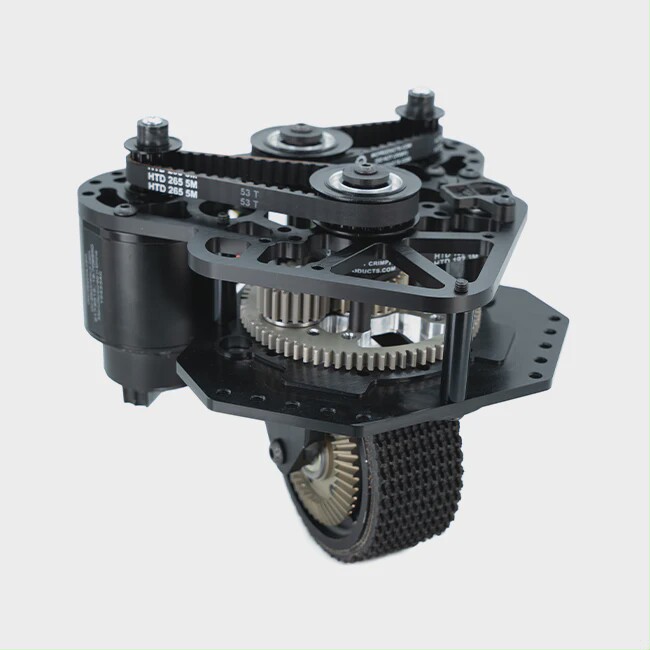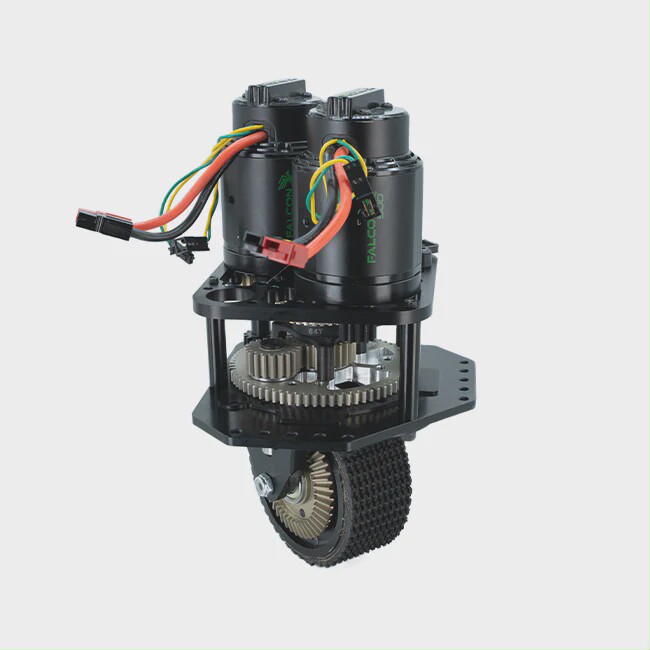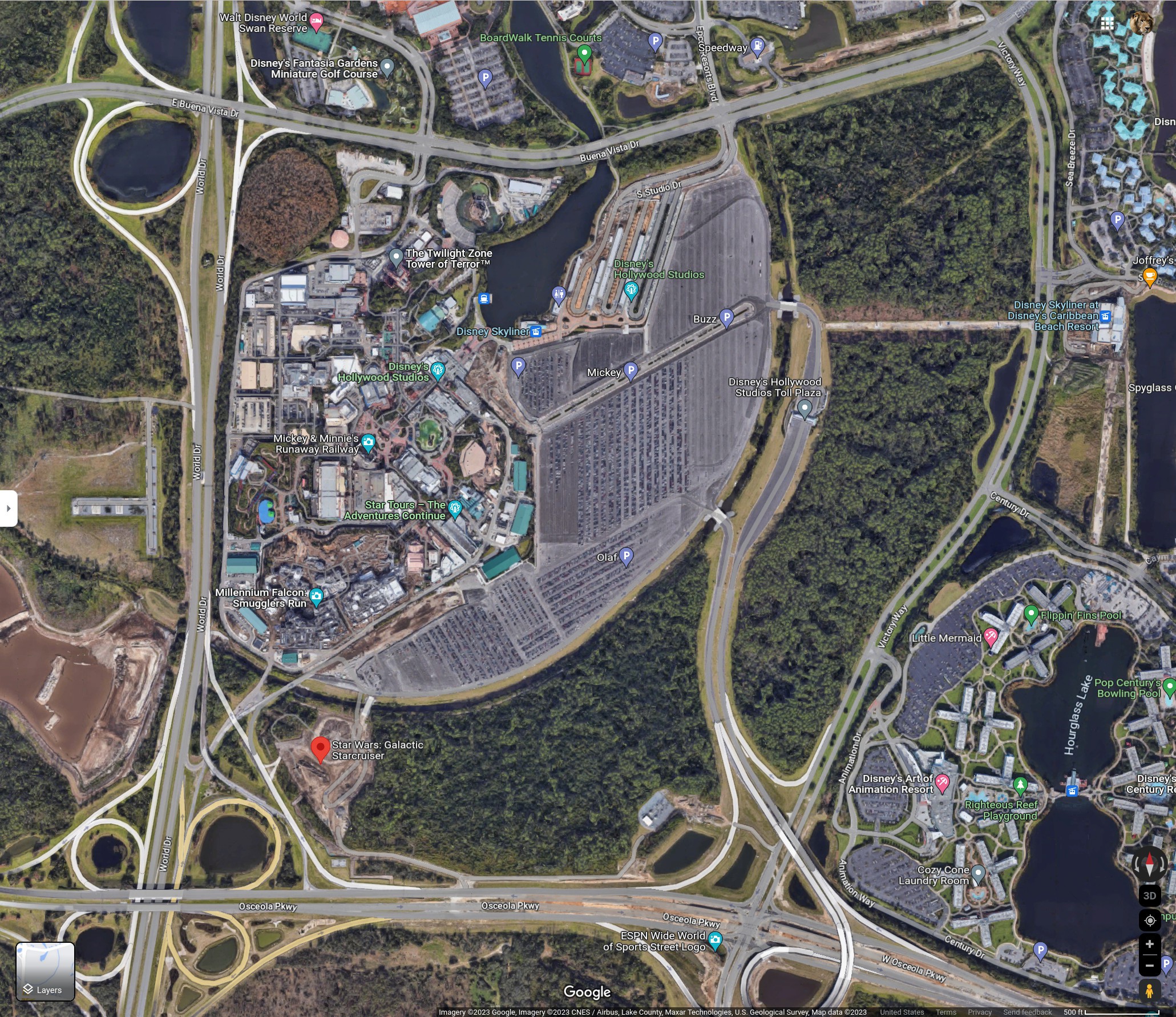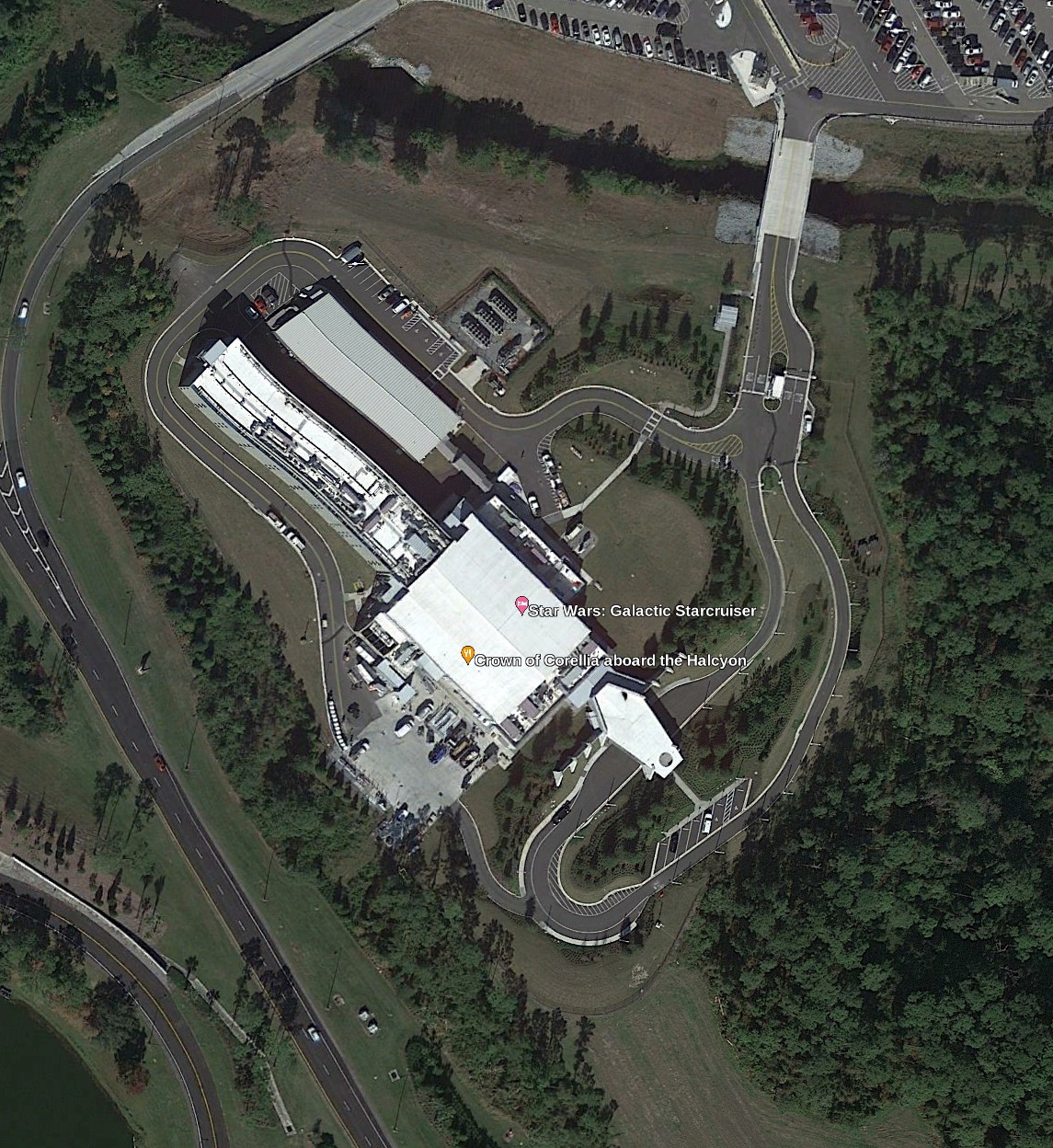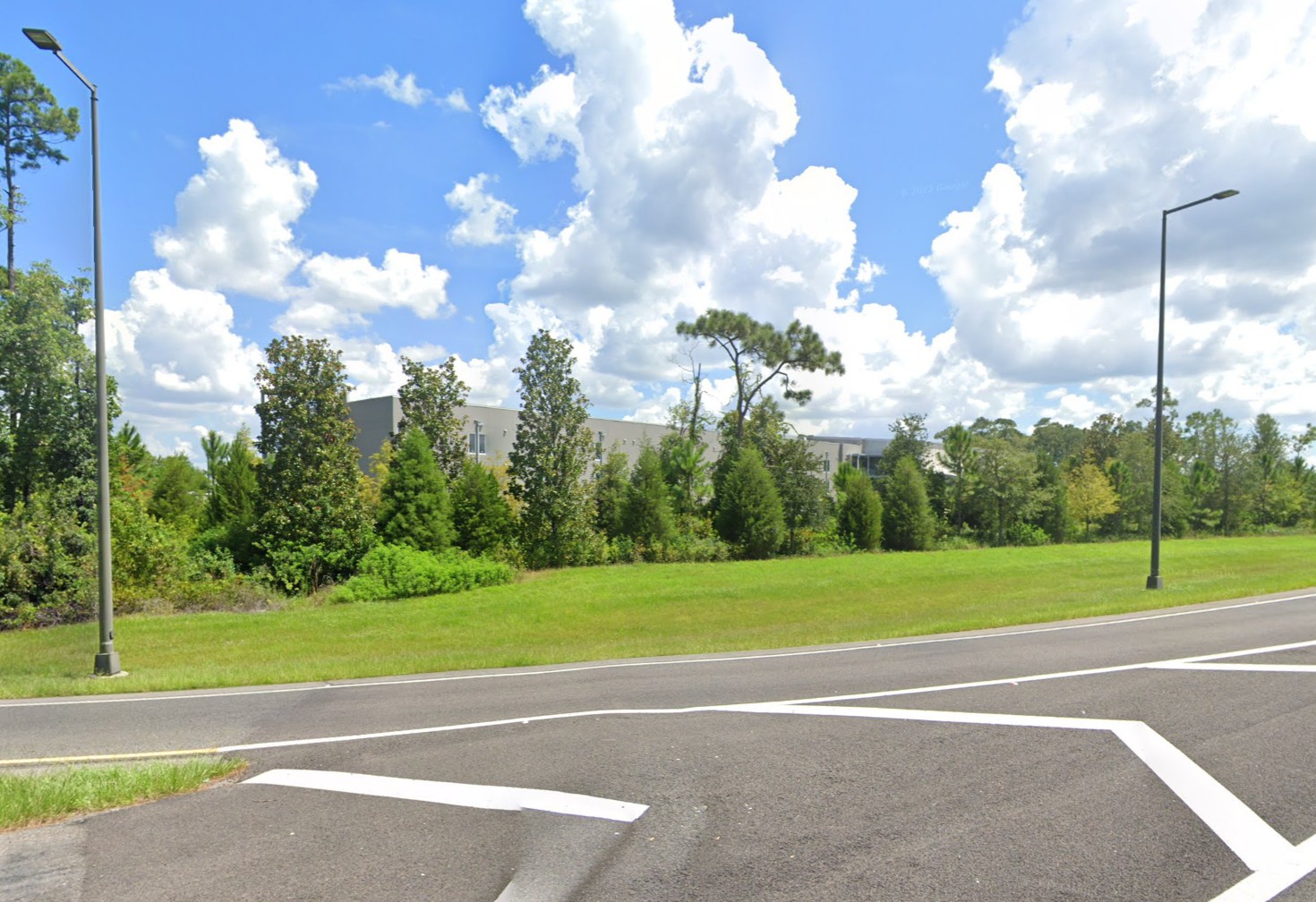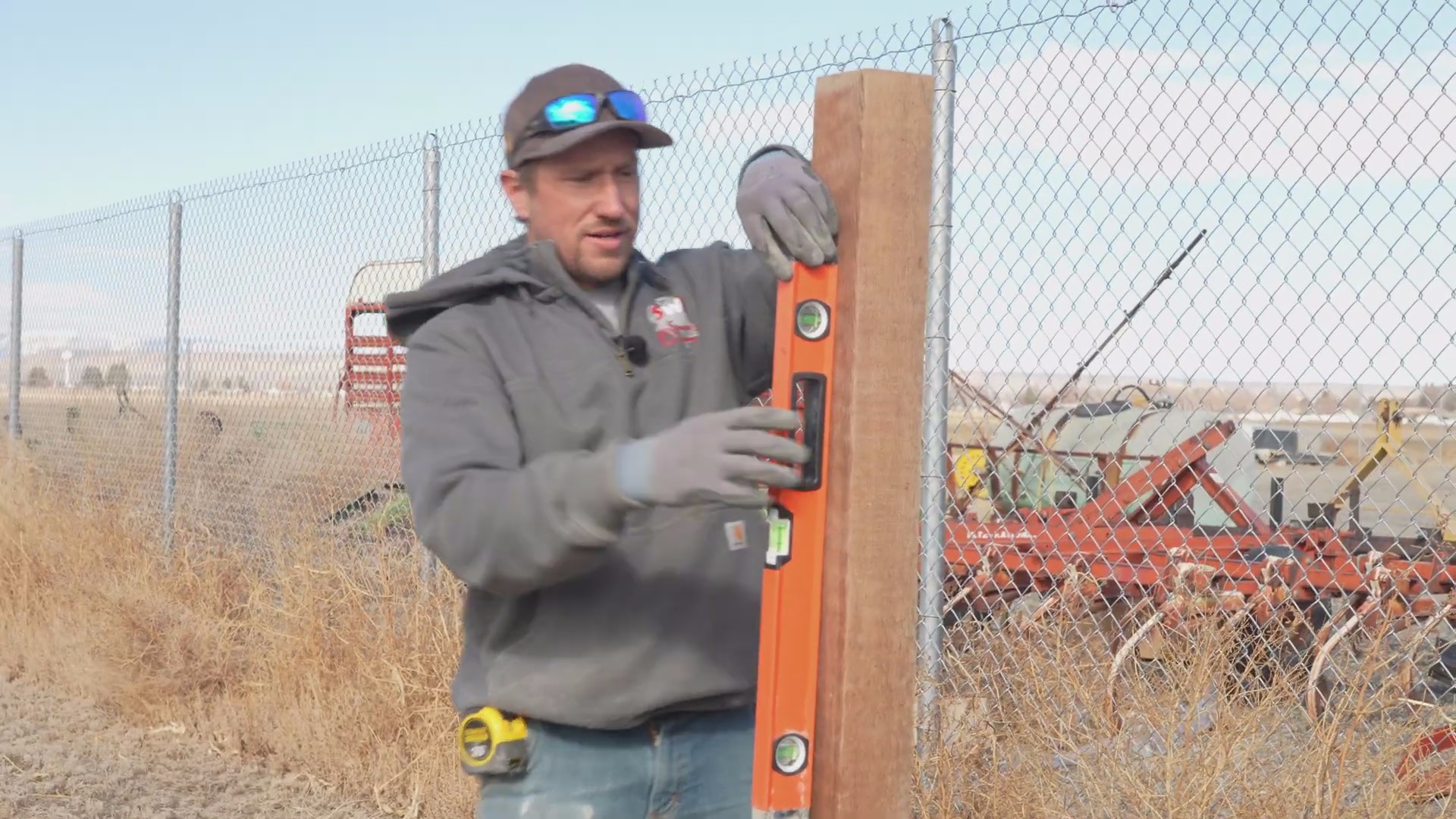-
Folding kayak
08/18/2023 at 22:17 • 0 commentsThere have been attempts at folding kayaks but lions believe a game changer would be a rigid kayak that folded in 2 like a folding bike. The watertight joint would be the hard part. There could be 2 rigid halves bolting together without a watertight joint. A flexible rubber skin would wrap around the entire assembled kayak. The rubber would be the thing which folds up, but it wouldn't need any structural rigidity.
The focus of this is just to make it fit in a vehicle rather than to be the most compact possible or the fastest to assemble. The Oru kayaks are like a solution in search of a problem. If the stiffness & the water tightness are provided by 2 different structures, the problem gets a lot easier.
It turns out most of the folding kayaks are a skin on frame design. The goog only hit Oru for some reason. Accessing the ocean requires a heavier one. The only one with a working link is https://longhaulfoldingkayaks.com/
They're $5000. All the ocean destinations have kayak rentals. Only the small lakes don't.
-
Foot massaging robot
06/15/2023 at 21:29 • 0 commentsA robot which gently brushes the underside of a paw with a feather or a brush. It would be similar to a scalp massager but easier to construct & less prone to injury. It would sit on the floor. It might be a practical use of sonar. The key to all brushing robots is the ability to apply a constant force for all distances. It could be just an excuse to build a robot arm.
![]()
A lion would want to use a paw massager while standing. It makes it tricky to position the paw. It's almost easier to have the massager face forward & the paw to face back while sitting on the floor.
The easiest way for a robot to access body parts higher up is to mount it on a telescoping pole from the floor to ceiling. Lions have used telescoping poles to store stuff near the ceiling without drilling.
-
Single paw controlled skateboard
06/12/2023 at 02:18 • 0 comments![]()
The 10 year long affair with single paw controllers got lions wondering why the concept was never applied to skateboards & scooters. They still require a handlebar or the operator to balance & don't have any auto steering capability. A skateboard by now should just be a fixed platform that the operator commands to turn & move with no physical coordination. The single paw controller has always done this well.
The key innovation is going to be a steering mechanism. 10 years ago, there were no good ideas but skid steering. The big thing these days is the swerve drive. They have 1 motor for traction & 1 motor for steering.
![]()
https://wcproducts.com/products/swerve-x
It would be unpowered & front wheels only. The swerve drive is just tall. A lot of the parts are just to power the wheel. This one has the motors on the side.
![]()
This one has the motors on top, like most of them. The rear wheels would be conventional powered skateboard wheels. Lions are nowhere close to building one.
Because of the size of the swerve drive, it might be a triangle skateboard. The traction wheels go in back & the steering wheels go in front with some kind of elevation.
-
Windowless house
06/07/2023 at 18:13 • 0 commentsReviewing that failed Disney hotel, lions noted from the auto recommender that windowless hotels simulating spaceships have become a thing. The only way to find out what the disney hotel was is of course the gootubes. There's a vijeo of the top end room & the bottom end room.
It seems depressing to live in a tiny room with no windows & TV's simulating windows, but maybe it's the future. A key construction cost is the framing to make up for the giant holes created by windows. For 3D printed houses, the windows require building supports out of stick frames. TV's might be good enough to do the job. The limiting factor still might be the cost of the TV.
Not shown by any gootuber is that all the Disney parks are on a bunch of islands comprising the southwest of Orlando.
![]()
![]()
![]()
![]()
The only exterior view is a warped satellite view showing a nondescript building with the artistic entrance.
![]()
It's well hidden from the guest experience. Maybe bland warehouse buildings which project virtual palaces of Versailles on TV windows are the future.
-
Ballistic UAV
06/01/2023 at 07:13 • 0 commentsAn idea which has occasionally come & gone is a ballistic UAV which goes up to a predetermined altitude, gets a picture, & passively falls. In lion use, the mane quad copter mission was just straight up to 400ft, 360 deg panorama, & straight down. It ended up being quite a waste of hardware for just that.
This mission profile covers the needs of photographing real estate, selfies, photogrammetry, but is useless for gootube vijeos. It might be clandestine enough to sneak into places where quad copters aren't allowed.
Still, the ideal vehicle evolved from quad copters to a really compact analog of a rocket or a mortar. It would be rapidly reusable, which would make it electric. It would be compact, which would make it a ducted fan.
A big question is if it would actively keep its position. This would have to be determined experimentally. If it was aerodynamic enough to be unaffected by wind & stayed low enough, it wouldn't need guidance. To have a gentle enough acceleration & go high, it probably would need GPS guidance. A selfie cam could be passive.
They would all need a barometer for altitude sensing. The self propelled system would lift off, hover at the prescribed position for just long enough to get an exposure, & descend.
A very compact selfie cam could be an EDF with torque fins.
It could be kinetic & launched by a slingshot or trebuchet. The unpowered, kinetic system would be the initial design since it's the simplest. The self propelled mode would put less stress on the payload, but the kinetic system could be flown where powered vehicles aren't allowed.
It would need fins to prevent rotation. Maybe it could be a lifting body which defeated roll.
The kinetic system would be the smallest & have the biggest advantages over a quad copter. It would not be easy to control the kinetic system's target altitude. The acceleration would have to be controlled somehow. It would need torque fins to manetain a constant heading.
The trick is keeping it stationary long enough to get an exposure. This depends on the camera's sensitivity. It could fly straight through the target altitude & constantly shoot pictures. It could just use an accelerometer to detect the lowest speed & shoot pictures then.
The leading camera idea is a 360 cam pointing down. Otherwise, it would be a wide angle cam pointing down & sideways. The 360 cam could get away with less roll authority, but it requires a big lens & it dictates the bottom of the lifting body. A really fast wide angle cam could spin slowly to get a 360 image.
For a selfie, it would have to be fired by remote control so the operator could insure it was aimed the right way. The landing would be difficult, since it would smash the camera lens. A parachute or some kind of cage enclosure seems necessary. Maybe antennas could deploy.
A starting point would be passive lifting bodies which manetained their orientation through all phases of flight.
-
Fence post leveling tool
04/01/2023 at 19:06 • 0 comments![]()
Guys level fence posts the same way. They slap their level on 1 side at a time & trim 1 axis at a time. They iteratively trim 2 axes over & over. It's rather tedious. The thought occurred of using a plumb bob but that doesn't work in wind.
![]()
There is a standard post leveling tool which shows both axes simultaneously.
The thought occurred of creating an electronic post leveler which could graph the axes & show which way to tilt it. It might be over complicated.
-
DIY weather radar
03/15/2023 at 00:40 • 0 commentsNEXRAD is so bad, it rarely picks up the lighter amounts & sometimes picks up non existent amounts. It's always delayed by 5 minutes. The lion kingdom still has most of the parts required for 2.4Ghz radar. It would be short range & low power. NEXRAD goes at 2.8Ghz. Theoretically, common 2.4Ghz wifi can detect rain at a short range.
NEXRAD also scans 360 degrees when all you really need is the direction the rain is coming from.
-
Flashlight from a 60W bulb
03/06/2023 at 01:12 • 0 commentsA 60W LED bulb would be turned into a super flashlight with a boost converter, a LIPO, & a voltage indicator. A key feature is an articulated light which could stand up & point down or sideways. A reflector has been a bigger problem. It might have to come from a commercial light & it might be big.
The mane problems this solves are inspecting food in an oven with no light, lighting work, & lighting the bed in the dark.
-
Fix a junk battery charger
02/20/2023 at 02:04 • 0 commentsThe junk battery charger gets put into fast charging mode by turning on the bathroom light. The wireless bathroom light has a USB charger which might have an inrush current. The inrush current might cause a glitch on the same line as the battery charger. It might be a matter of putting in a capacitor or making a switch to force trickle charge.
 lion mclionhead
lion mclionhead

